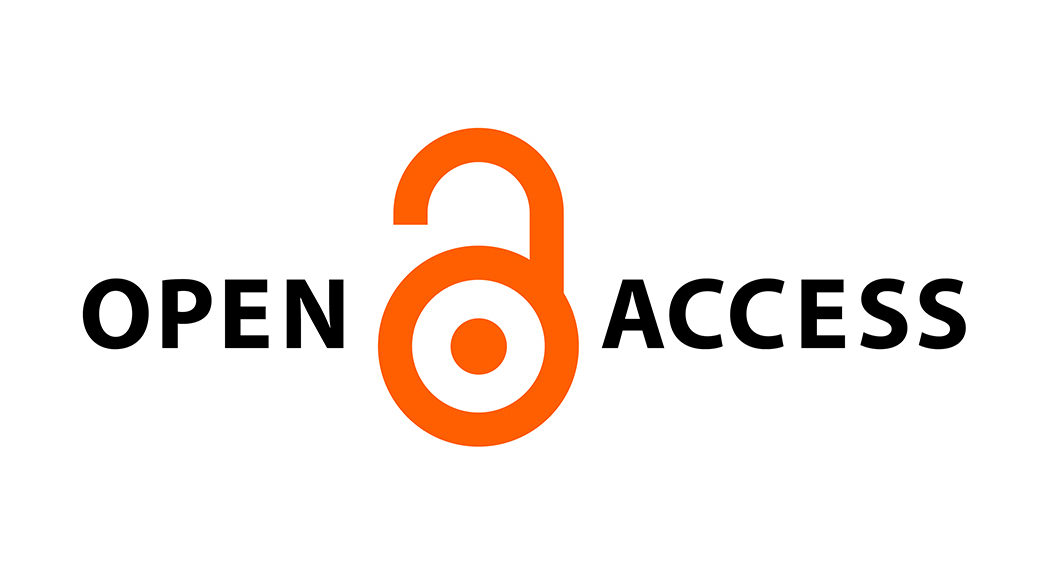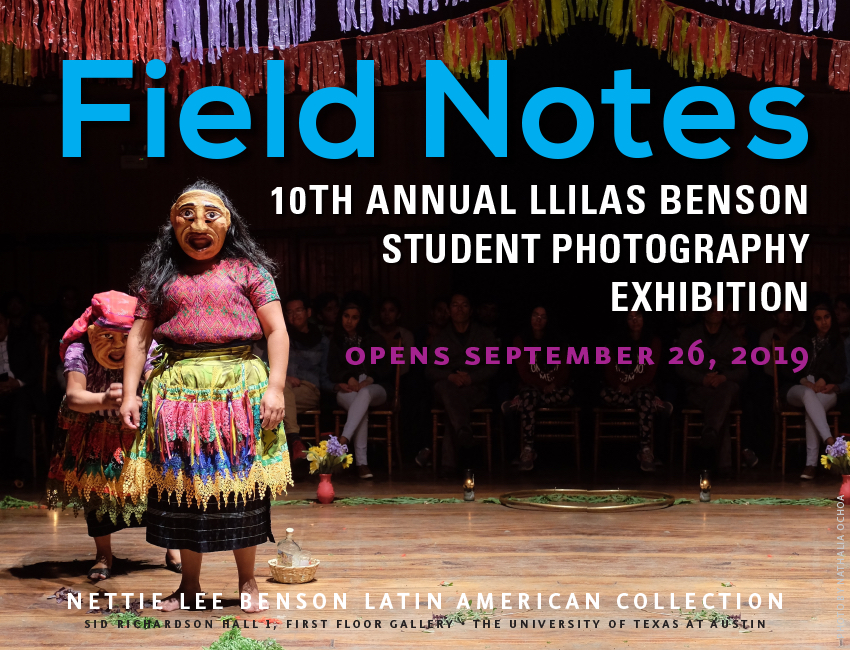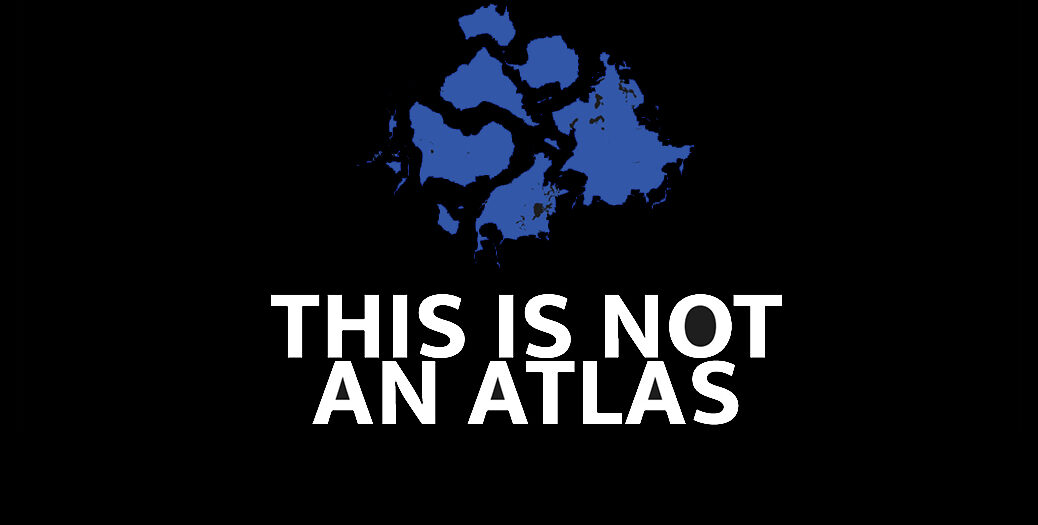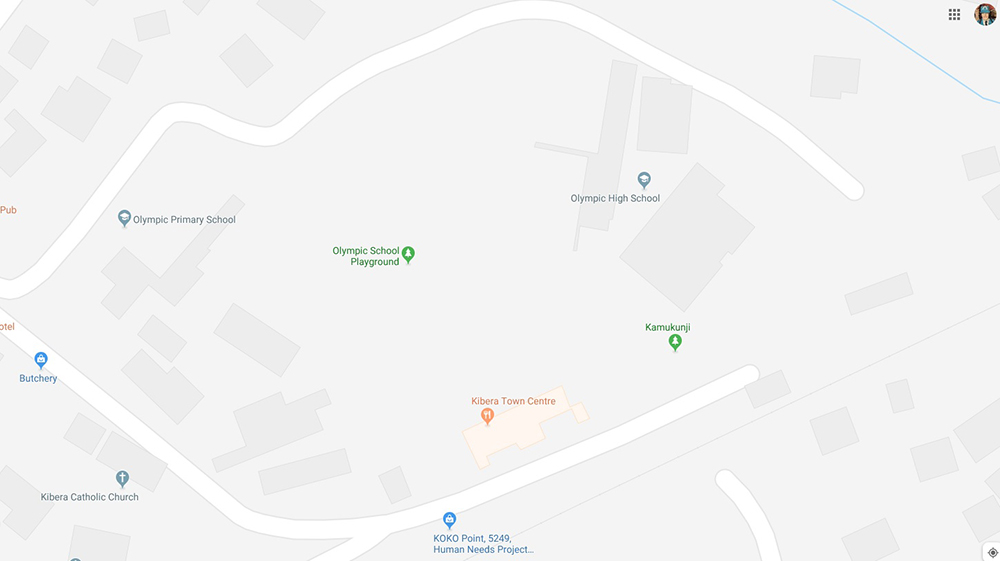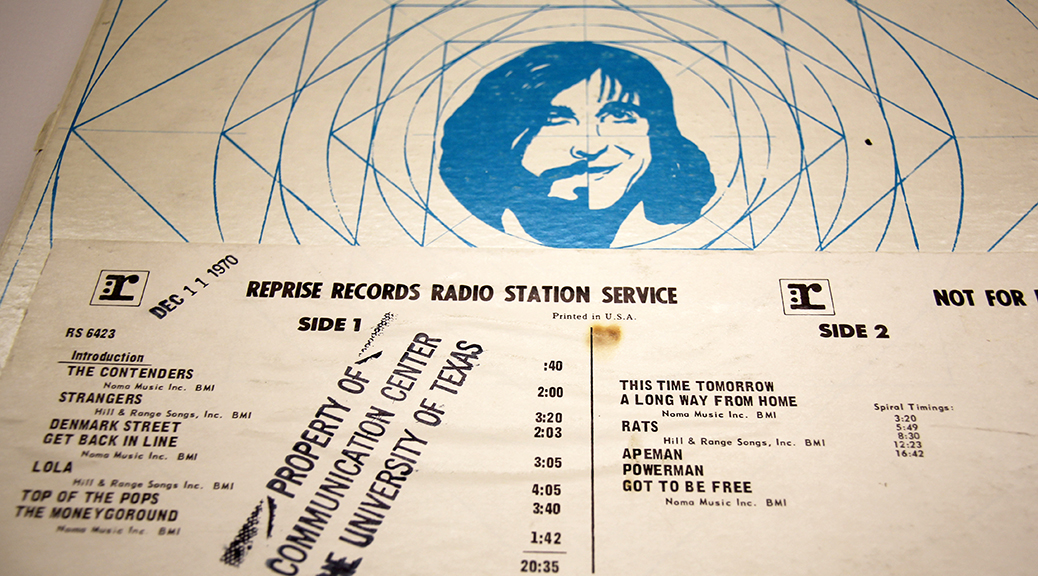Por Albert A. Palacios, Jenny Marie Forsythe y Julie C. Evershed
Aviso: La colección FromThePage de la Benson estará abierta para la transcripción y traducción colaborativa hasta el domingo 3 de noviembre de 2019. Consulte la lista de documentos y el guía para ver cómo puede ayudar.
El 21 de septiembre de 2019, LLILAS Benson y el Museo de Jazz de Nueva Orleans se unieron para hacer sus colecciones coloniales un poco más accesibles. Las dos instituciones coordinaron un evento conjunto de transcripción que convocó a miembros de la comunidad en persona en el Centro de História de Louisiana, y de forma remota a través de la página de Facebook de la Benson. Colaborativamente, los participantes transcribieron manuscritos españoles y franceses originales de 1559 a 1817, con el objetivo de hacer que estos documentos sean más útiles para profesores, estudiantes, investigadores e historiadores de genealogía.

FromThePage, una herramienta para la transcripción, traducción e indexación, permitió la colaboración a larga distancia. Durante un período de tres horas, los participantes hojearon la lista de manuscritos en ambos archivos y trabajaron juntos para descifrarlos y transcribirlos en la plataforma digital. Al punto intermedio del evento, el personal del Museo de Jazz nos mostró unos casos coloniales únicos en su archivo, transmitiendo en vivo a través de su página de Facebook, incluyendo una declaración de emancipación montada en tela dada a un hombre jamaicano llamado Santiago Bennet. Siguiendo su ejemplo, el personal de Estudios Digitales de LLILAS Benson (LBDS) compartió a través de la página del evento en Facebook algunos materiales notables de la Benson, incluyendo la colección digital de Relaciones Geográficas de Nueva España.

Personal del Museo de Jazz trabaja con colaboradores de transcripción en el Centro de Historia de Louisiana, 21 de septiembre de 2019. Cortesía del Museo de Jazz de Nueva Orleans.
Al transformar las palabras de los notarios coloniales en formato digital, los estudiantes, investigadores y miembros de la comunidad estaban avanzando una larga iniciativa digital del Museo de Jazz y del Centro de História de Louisiana. A principios de la década de 2010, el Museo y el Centro, junto con muchos otros colaboradores de la comunidad, lograron la increíble hazaña de digitalizar unas 220,000 páginas de registros notariales de Louisiana colonial para crear una colección digital, www.lacolonialdocs.org. Jennifer Long, Michelle Brenner y Jenny Marie Forsythe, administradoras del proyecto “Transcribathon de Documentos Coloniales de Louisiana,” seleccionaron de este rico recurso para crear la colección FromThePage del museo, revelando detalles sobre la esclavitud, auto-liberación y rebelión, parentescos, redadas piratas, medicina colonial, fiestas de juego, disputas de herencia, conflictos matrimoniales y mucho más.

Para el evento conjunto, el personal de LBDS creó en FromThePage una colección de documentos escritos por, o sobre, las poblaciones indígenas en México desde los siglos XVI al XVIII en celebración del Año Internacional de las Lenguas Indígenas. El equipo tuvo bastante de dónde seleccionar: la Benson conserva numerosos archivos importantes que documentan la política, religión y cultura durante el período colonial español, incluyendo varios de los primeros libros publicados en las Américas (1544–1600) y los votos de profesión de Sor Juana Inés de la Cruz (1669–1695), por nombrar algunos. Durante el fin de semana, un pequeño pero dedicado grupo de personas contestó la llamada de LLILAS Benson y se unió en línea. Colaboradores de ambas costas de los Estados Unidos y tan al sur como Perú colectivamente ofrecieron más de veinte horas de su tiempo para transcribir catorce documentos en la Benson.
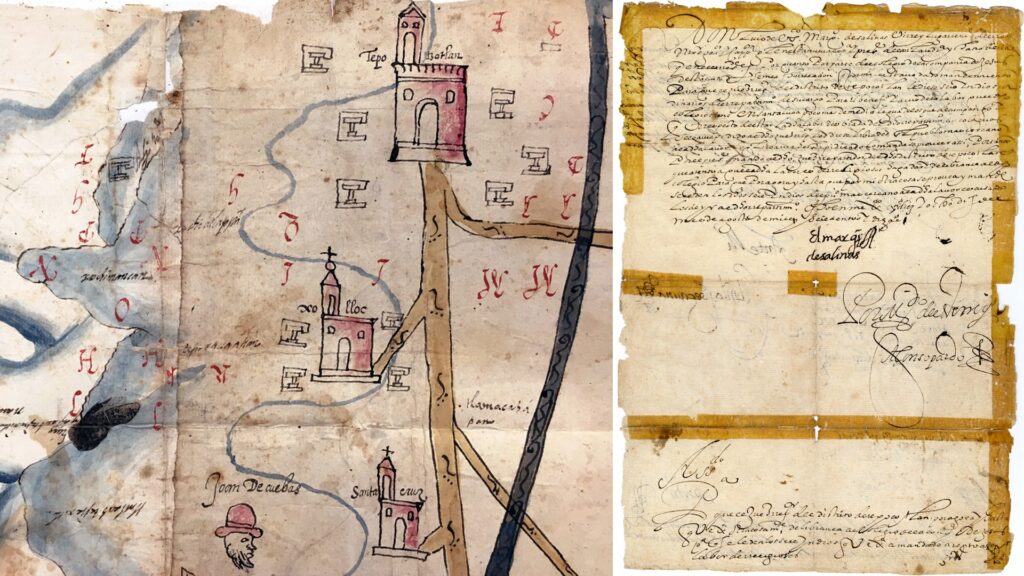
Códice ilustrado de las tierras que pertenecen al Colegio de Tepozotlán de los Jesuitas, circa 1600–1625. Mandamiento virreinal ordenando al “Repartidor de Indios” de Tepozotlán dé libranza al Colegio de la Compañía de seis indígenas, 18 de agosto de 1610. Colección Edmundo O’Gorman, Colección Latinoamericana Benson, Universidad de Texas en Austin.
El fin de semana del 18–19 de octubre, el Centro de Recursos de Idiomas (LRC) de la Universidad de Michigan ofreció algunas de estas transcripciones en su “Translate-a-thon,” un evento comunitario en donde fuentes primarias son traducidas para el beneficio de la comunidad local, nacional e internacional. Algunos voluntarios, uno de los cuales se enfoca en México de la época colonial, estaban encantados de ver documentos de la Benson y abordaron su traducción. Entre ellos estaba el decreto ilustrado, visto arriba, que ordenaba al repartidor de Tepozotlán asignar a seis indígenas para trabajar para los jesuitas, subrayando la importancia de la labor indígena en la construcción figurativa y literal del imperio español, y la propagación de la Iglesia Católica. Dado el éxito y el interés de la facultad de Michigan en este esfuerzo conjunto, el LRC y LBDS piensan continuar su colaboración para ampliar la accesibilidad y el uso de las fuentes primarias coloniales en la Benson.

El siguiente paso para la Oficina LBDS será de incorporar estas fuentes primarias transcritas y traducidas en clases de nivel preparatoria en el Estado de Texas y de licenciatura en la Universidad de Texas en Austin (UT). A principios de este año, LLILAS Benson estableció una iniciativa patrocinada por el gobierno federal con el Departamento de Currículo e Instrucción en el Colegio de Educación para diseñar lecciones de nivel secundaria en historia y geografía basadas en las ricas colecciones de la Benson. Agregando a estos esfuerzos pedagógicos, LBDS traducirá, dará contexto y promoverá el uso de estas fuentes coloniales en clases universitarias y proyectos digitales en UT y más allá.
Para aquellos que no pudieron participar en el evento, ¡aún pueden unirse al esfuerzo! La colección FromThePage de la Benson estará abierta para la transcripción y traducción colaborativa hasta el domingo 3 de noviembre. Consulte la lista de documentos y el guía para ver cómo puede ayudar.
Los colaboradores

- Greg Lambousy (Director)
- Jennifer Long (Administradora de Digitalización)
- Bryanne Schexnayder (Técnica de Digitalización)
- Michelle Brenner (Administradora de la Sala de Lectura, Museo de Jazz de Nueva Orleans y Centro de Historia de Louisiana)
- Jenny Marie Forsythe (Co-Administradora del Proyecto “Transcribathon de Documentos Coloniales de Louisiana”)
- Handy Acosta Cuellar (Doctorando, Universidad Tulane; Instructor de Español, Universidad Estatal de Louisiana)
- Raúl Alencar (Estudiante de Posgrado, Universidad Tulane)
Haga clic aquí para obtener más información sobre los colaboradores del proyecto Transcribathon de Documentos Coloniales de Louisiana.

- Julie C. Evershed (Centro de Recursos de Idiomas, Directora)
- Traductores de documentos: Zhehao Tong, Marlon James Sales, y Olivia Alge

- Albert A. Palacios (Coordinador de Estudios Digitales)
- Joshua Ortiz Baco (Asistente Graduado de Investigación de Estudios Digitales)
- Transcriptores en FromThePage (nombres de usuario): guillaume candela, Ken, Betty Cruz L, Matt H., Carolina Casusol, and Handy1985
Los autores
Albert A. Palacios es Coordinador de Estudios Digitales de LLILAS Benson Colecciones y Estudios Latinoamericanos, La Universidad de Texas en Austin. Jenny Marie Forsythe es co-gerente del proyecto Documentos Coloniales de Louisiana Transcribathon. Julie C. Evershed es la directora del Centro de Recursos de Lenguaje, Universidad de Michigan.






